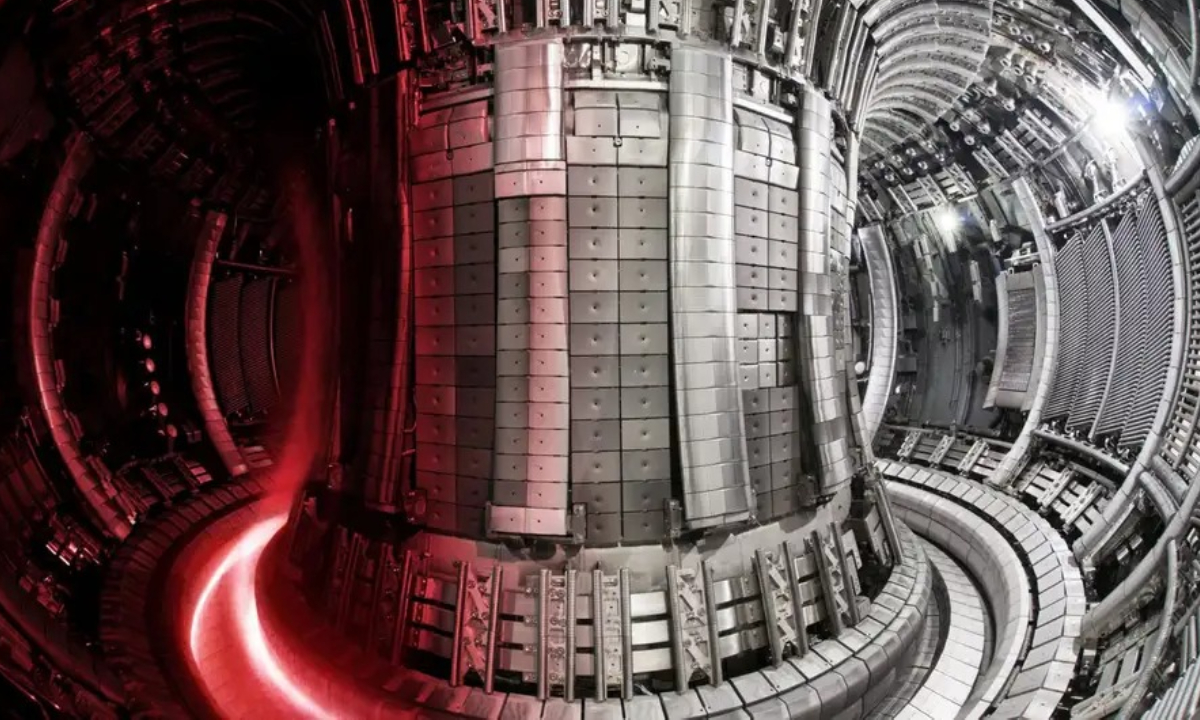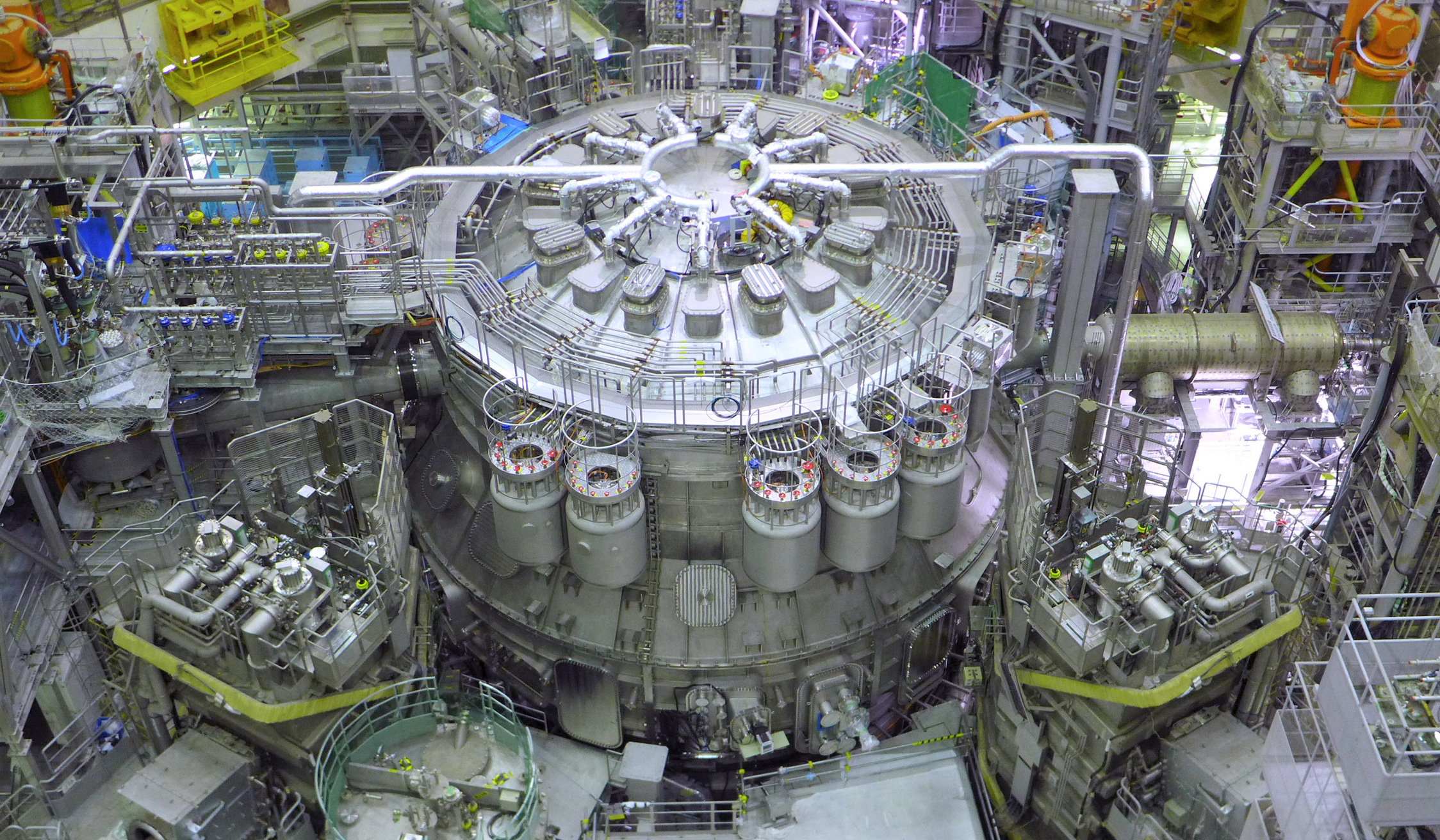
Just before shutting down in the United Kingdom, a 40-year-old nuclear fusion reactor broke a power generation record. With this, we can say that humanity is one step closer to developing clean energy based on the chemical reactions that occur in stars.
Researchers at the Joint European Torrus (JET), a nuclear research laboratory at the Culham Center for Fusion Energy in Oxfordshire, United Kingdom, have generated 69 megajoules of energy in five seconds. In the process, they used just 0.2 milligrams of fuel, setting a new record.
This energy is equivalent to 12.5 megawatts – enough electricity to power 12,000 homes. Mikhail Maslov of the United Kingdom Atomic Energy Agency (UKAEA) shared this information at a press conference last Thursday (8).
The previous record for electricity production was set in 2021 at the same fusion reactor in the UK. At that time, JET researchers produced 59 megajoules of nuclear energy in five seconds.
How Nuclear Fusion Works

The world's largest nuclear fusion reactor, the JT-60SA, is located in Naga, Japan (Image: F4E / QST/ JT-60SA/ Reproduction)
Today's nuclear power plants typically generate energy through nuclear fission, which destroys atoms to release energy and produce radioactive waste. However, nuclear fusion compresses smaller particles of different elements to form new, larger atoms.
Fusion can generate more energy than fission without creating unnecessary waste. However, the process is complicated and too expensive to carry out on a large scale in plants.
In the experiment, JET combined atoms of deuterium and tritium – two stable isotopes of hydrogen – in a plasma. Thus, it was possible to create helium atoms and simultaneously release large amounts of energy. This reaction, in fact, takes place in the sun and produces heat that warms the earth.
Power generation took place in one of JET's largest reactors, known as the “Tokamak”. It stores plasma and ionized gases in circular structures with holes in the center — like donuts — through electromagnetic rings, according to the paper. New Scientist.
To enable nuclear fusion, the reactor heats the inner material to 150 million degrees Celsius – about 10 times hotter than the core of the Sun. Stars perform the same reaction, but gravity is strong enough that such high temperatures are not required. to bind atoms together.
Green and sustainable energy may be closer
If scientists prove that large-scale production of nuclear fusion energy is possible, future experiments could lead to the development of clean, sustainable energy.
It is worth noting that one kilogram of fusion fuel produces about 10 million times more energy than the same amount of coal, oil or gas. Also, fusion reactions do not release gases that cause the greenhouse effect.
Despite the historic milestone, the JET facilities were shut down in December last year, just days after the reactor broke the record. From now on, the lab will undergo a 17-year decommissioning process in which researchers will document the assembly and disassembly of the fusion reactors.
In total, more than 300 scientists and engineers have contributed to experiments on JET since its founding in 1983. Guardian.

“Reader. Infuriatingly humble travel enthusiast. Extreme food scholar. Writer. Communicator.”




